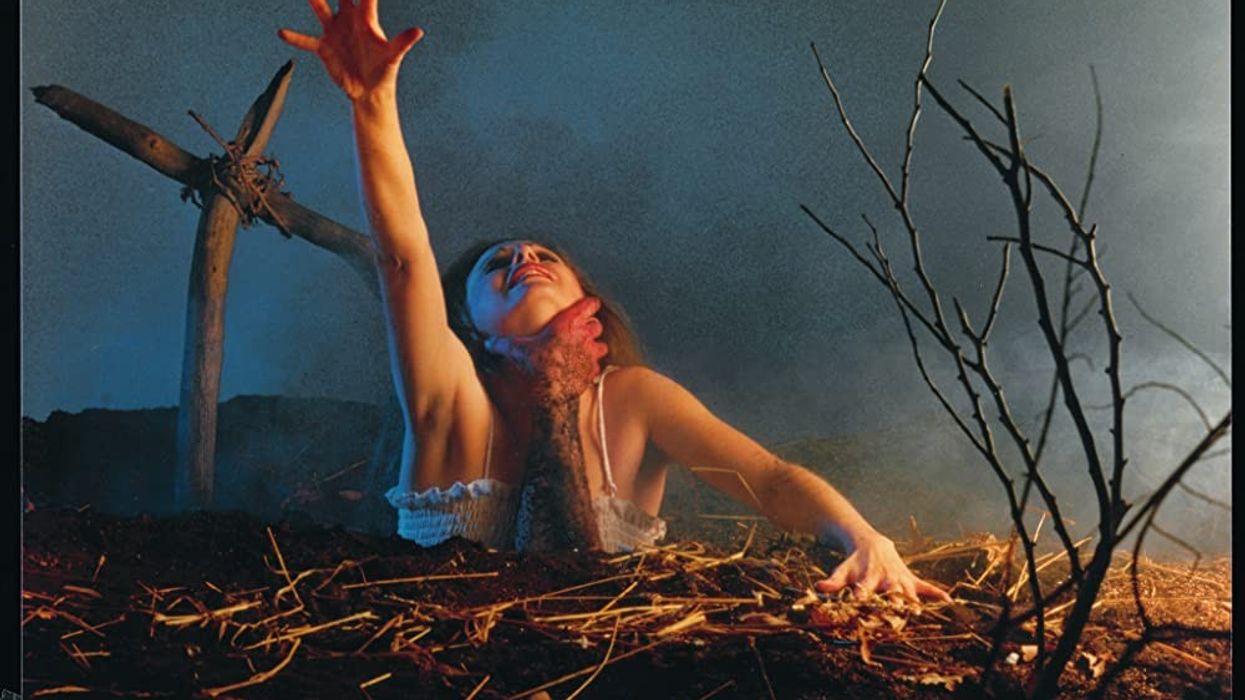Want to Make Big-Budget Movies? Start with Horror
There is no other genre that will allow you to flex your creative muscle like horror.

It’s every filmmaker’s dream to make the film that they want without any budgetary constraints. The dream only gets bigger and bigger as the vision for a film grows into your first masterpiece. Unfortunately, getting to the point where you can make a Hollywood film is… extremely difficult.
But Zach Ramelan discovered the roadmap that dozens of Hollywood directors and producers follow to move from the indie filmmaking world into the conglomerate of Hollywood filmmaking—horror.
What can you learn from horror?
Although it is often looked at as a “low-brow” genre, horror can teach a young filmmaker how to create interesting and engaging stories, create and develop characters that the audience wants to care about, and learn how to create a soundscape to elevate the tone of the film. All of these elements are fundamental to a good horror film but can help you fine-tune your ability to master these three elements when you shift into different genres.
But these elements are not the only reasons many aspiring filmmakers embrace the genre. Horror films are notorious for being cheap productions. The typical budget for a Hollywood film is around $65 million, but horror films tend to work on budgets ranging from $300,000 to $1.2 million. Horror films are affordable and can make a ton of money at the box office.
Fake blood (or chocolate syrup in Psycho's case) and practical or digital special effects are much cheaper than blowing up an entire city street and are often just as effective at creating a response from an audience.
Steven Spielberg’sJawsdid not have the budget to fix the mechanical shark that kept breaking down. Instead of going even more over budget, Spielberg decided to not show the shark as often as he wanted to, accidentally using one of the most terrifying tools in cinema—suspense.
The original budget for Sam Raimi’s The Evil Deadwas around $90,000 and would make $29.4 million worldwide due to its shock value, graphic horror, and black comedy that made the film an instant classic. The film launched the career of Sam Raimi, who recently directed Marvel’s Dr. Strange in the Multiverse of Madness. The movie also opened doors for producer Robert Tapert and actor Bruce Campbell.

So how can you use this map?
While this formula is effective, the horror genre is oversaturated. Standing out amongst the hundreds of independent horror films that are released every year means creating a piece that captures an audience’s attention and immerses them in the story without hesitation.
For example, Kane Parsons’ terrifying Backroomscreates an immersive world within seconds that is intriguing to those unfamiliar with the lore that inspired the maze-like space. It is haunting, but the unknown factor makes the audience want to know more about the world.
Parsons’ short is a perfect example of how horror hooks an audience. Horror allows a filmmaker to explore big feelings on a little budget. Everyday paranoias can be brought to life in unique and interesting ways that will have audiences picking apart each layer to know more about where the filmmaker’s mind was going.
Your indie horror does not have to be perfect, by any means. Audiences are not expecting a masterpiece when watching an indie film. Instead, they are looking at the potential you have as a storyteller and the effective ways you bring a story to life. It’s a flexible genre that gives you the range to do what you want with a limited budget. There are no limits in horror, which makes it the best genre to flex your creative muscle and get your foot in the door of Hollywood filmmaking.
Do you have a favorite indie horror film or short that you would like to share? Let us know what it is in the comments below!
Source: Zach Ramelan











